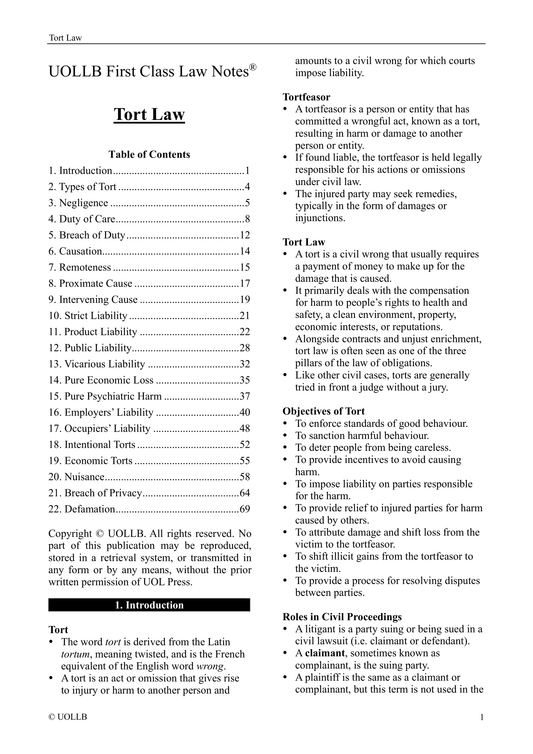Joint Enterprise
Share
Joint enterprise, also known as common purpose parasitic accessory liability, is a legal doctrine that allows individuals who participate in a criminal enterprise to be held criminally liable for the acts committed by others in the group, even if they did not directly commit the offence themselves.
Elements: To establish joint enterprise, the prosecution must prove the three elements: (a) agreement or common purpose where there must be evidence that the defendant agreed with others to commit a specific crime or that they shared a common purpose to engage in criminal conduct, (b) foreseeability of co-defendant’s actions where the defendant must have foreseen that one or more of their co-defendants might commit a criminal offence while carrying out the common purpose, and (c) participation where the defendant must have actively participated in the joint enterprise or assisted in the commission of the offence in some significant way.
Application: Joint enterprise can be applied to a wide range of offences, from minor offences to serious crimes such as murder. In murder cases, joint enterprise has been particularly controversial and subject to criticism due to concerns that it may lead to wrongful convictions of individuals who did not directly cause the death.
Consequences: Under joint enterprise, each participant in the criminal activity can be held criminally liable for the actions of the others if they intended to commit the crime or foresaw the possibility of the crime being committed and went on to participate in it anyway. This means that a person who did not directly commit the criminal act, but was present and participated in the crime, can be convicted of the same offence as the person who actually committed the act.
Example: For example, in a situation where a group of people plan and carry out a robbery, and one of them uses a weapon and seriously injures someone during the robbery, all members of the group may be charged with the same offence of robbery and also with causing grievous bodily harm with intent.
In 2016, the UK Supreme Court clarified the law on joint enterprise in the case of R v Jogee (Ameen Hassan), ruling that the doctrine had been misinterpreted in earlier cases. The court held that the mere presence or association with someone who commits a crime is not enough to establish joint enterprise liability. The court emphasised the importance of individual culpability and the need to show that the defendant actively participated in or assist or encouraged the criminal act. The prosecution must prove the actus reus that the person assisted or encouraged the other party to commit the crime and also the mens rea that he had the same intent as the other party to commit that crime.
Elements: To establish joint enterprise, the prosecution must prove the three elements: (a) agreement or common purpose where there must be evidence that the defendant agreed with others to commit a specific crime or that they shared a common purpose to engage in criminal conduct, (b) foreseeability of co-defendant’s actions where the defendant must have foreseen that one or more of their co-defendants might commit a criminal offence while carrying out the common purpose, and (c) participation where the defendant must have actively participated in the joint enterprise or assisted in the commission of the offence in some significant way.
Application: Joint enterprise can be applied to a wide range of offences, from minor offences to serious crimes such as murder. In murder cases, joint enterprise has been particularly controversial and subject to criticism due to concerns that it may lead to wrongful convictions of individuals who did not directly cause the death.
Consequences: Under joint enterprise, each participant in the criminal activity can be held criminally liable for the actions of the others if they intended to commit the crime or foresaw the possibility of the crime being committed and went on to participate in it anyway. This means that a person who did not directly commit the criminal act, but was present and participated in the crime, can be convicted of the same offence as the person who actually committed the act.
Example: For example, in a situation where a group of people plan and carry out a robbery, and one of them uses a weapon and seriously injures someone during the robbery, all members of the group may be charged with the same offence of robbery and also with causing grievous bodily harm with intent.
In 2016, the UK Supreme Court clarified the law on joint enterprise in the case of R v Jogee (Ameen Hassan), ruling that the doctrine had been misinterpreted in earlier cases. The court held that the mere presence or association with someone who commits a crime is not enough to establish joint enterprise liability. The court emphasised the importance of individual culpability and the need to show that the defendant actively participated in or assist or encouraged the criminal act. The prosecution must prove the actus reus that the person assisted or encouraged the other party to commit the crime and also the mens rea that he had the same intent as the other party to commit that crime.




























































